2019年公共英语三级阅读练习题六
Archaeology, like many academic words, comes from Greek and means, more or less, “the study of old things”. So, it is really a part of the study of history. However, most historians use paper evidence, such as letters, paintings and photographs, but archaeologists learn from the objects left behind by the humans of long ago. Normally, these are the hard materials that don't break down or disappear very quickly—things like human bones and objects made from stone and metal.
It is very unusual to find anything more than the hard evidence of history—normally, the bacteria in the air eat away at soft materials, like bodies, clothes and things made of wood. Occasionally, things are different.
In 1984, two men made an amazing discovery while working in a bog called Lindow Moss, in the north of England. A bog is a very wet area of earth, with a lot of plants growing in it. It can be like a very big and very thick vegetable soup—walk in the wrong place and you can sink and disappear forever. The men were working when one of them saw something sticking out—a human foot! Naturally, the men called the police, who then found the rest of the body. Was it a case of murder? Possibly—but it was a death nearly two thousand years old. The two men had found a body from the time of the Roman invasion of Britain. Despite being so old, this body had skin, muscles, hair and internal organs—the scientists who examined him were able to look inside the man's stomach and find the food that he had eaten for his last meal!
Why was this man so well preserved? It was because he was in a very watery environment, safe from the bacteria that need oxygen to live. Also, the water in the bog was very acidic. The acid preserved the man's skin in the way that animal skin is preserved for leather coats and shoes.
How did he die? Understandably, archaeologists and other scientists wanted to know more about the person that they called “Lindow Man”. His hands and fingernails suggested that he hadn't done heavy manual work in his life—he could have been a rich man. They found that he hadn't died by accident. The archaeologists believe that he was sacrificed to three different gods.
小题1:The underlined word “these” in the first paragraph refers to ________.A.letters B.photographs
C.paintingsD.objects
小题2:Which of the following helped to preserve “Lindow Man”?A.Ice and low temperature
B.Acid and water
C.Soil and energy
D.Bacteria and oxygen
小题3:According to the passage, which of the following statements is right?A.“Lindow Man” was named after the person who first found him.
B.Historians usually use paper evidence, while archaeologists use hard evidence.
C.“Lindow Man” was found by two archaeologists in the south of England.
D.“Lindow Man” was good at work by hand.
小题4:Which is the best title for the passage?A.An Amazing Archaeological Discovery
B.Archaeology and History
C.What Is Archaeology?
D.The Death of “Lindow Man”
参考答案及解析
小题1:D
小题2:B
小题3:B
小题4:A
文章大意:本文是一篇关于考古发现的记叙文,文中简要介绍了“Lindow Man”被发现并研究的过程。
小题1:答案:D 指代判断题。根据上文“but archaeologists learn from the objects left behind”可知,此处的these指代的是the objects。故答案选D。
小题2:答案:B 细节理解题。根据文章第四段可知,起到保护作用的一是“watery environment”,二是“acid”。故答案选B。
小题3:答案:B 细节理解题。根据第一段第三句“However, most historians use paper evidence, such as letters, paintings and photographs, but archaeologists learn from the objects left behind by the humans of long ago.”可知B项正确。根据第三段第一句中的“a bog called Lindow Moss, in the north of England”可知A、C两项错误;根据最后一段第三句中的“... suggested that he hadn't done heavy manual work in his life”可知D项错误。故答案选B。
小题4:答案:A 标题概括题。本文主要介绍了“Lindow Man”被发现研究的过程。故答案选A。
编辑推荐:
下载Word文档
温馨提示:因考试政策、内容不断变化与调整,长理培训网站提供的以上信息仅供参考,如有异议,请考生以权威部门公布的内容为准! (责任编辑:长理培训)












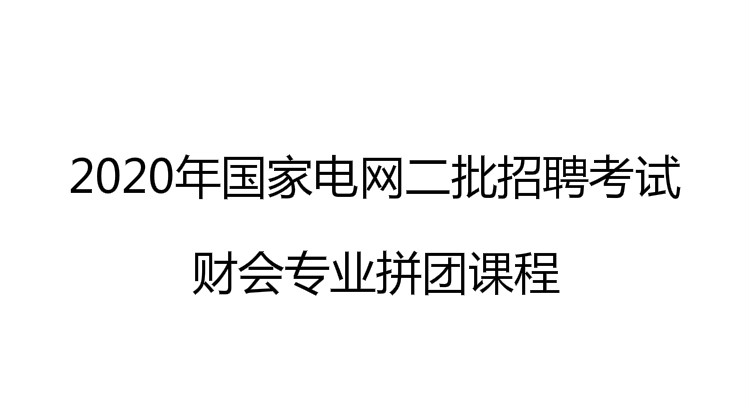
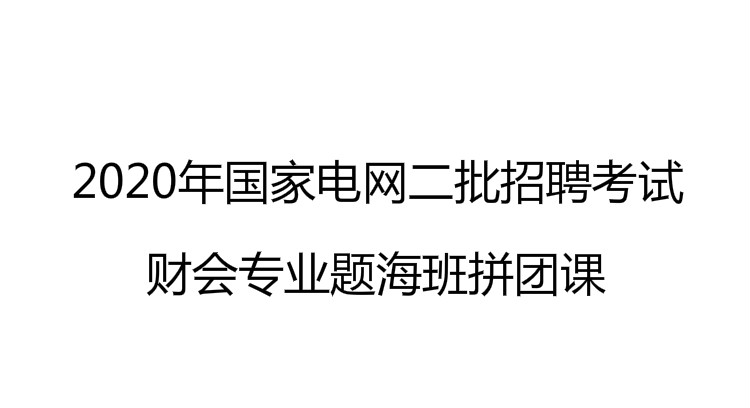



点击加载更多评论>>